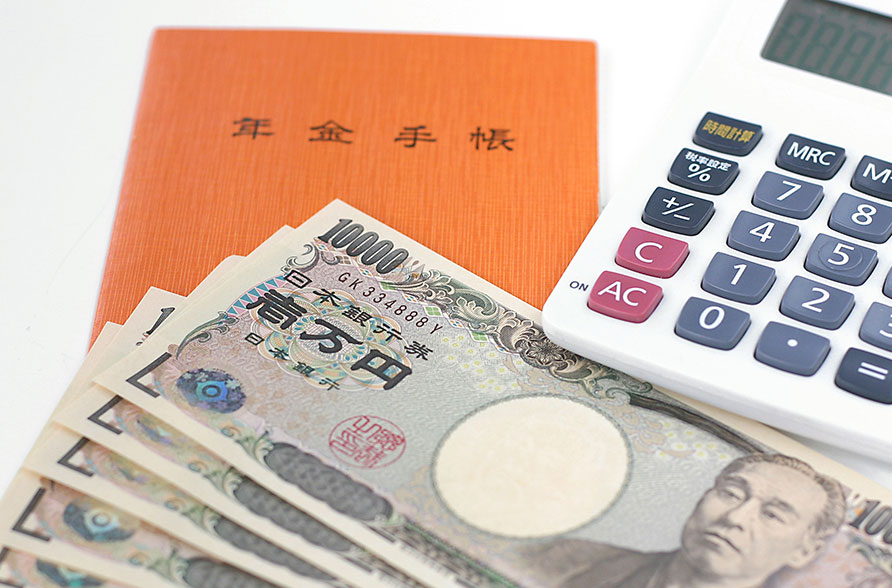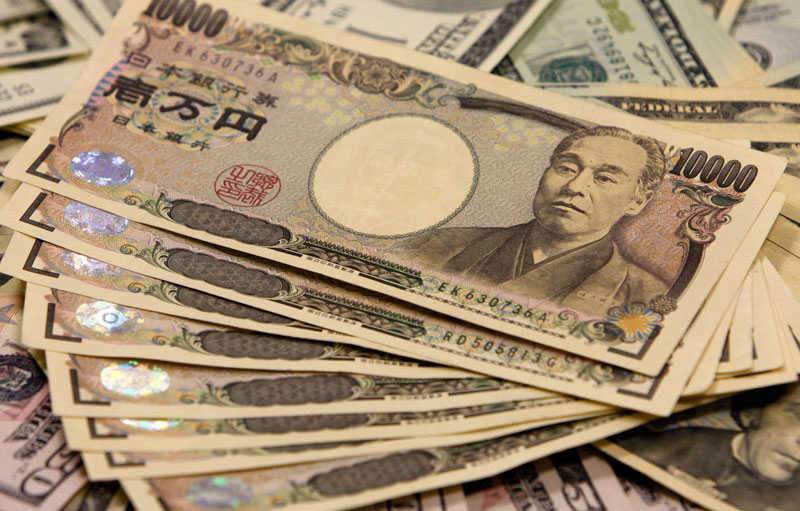
Pension System in Japan
There are two parts to the Japanese pension system, both of which are referred to as the Public Pension System.
- The National Pension Scheme
- The Employees’ Pension Insurance System (EPI).
The National Pension Scheme
Regardless of nationality, everyone who has a “jusho” (residency) in Japan and is between the ages of 20 and 59 is required to pay into the National Pension Scheme. A fixed monthly payment of 16,610 has been set up for the national pension program.
It is essential to keep in mind as an ex-pat that you may ask for an exemption if paying this amount for a certain time poses a financial hardship. However, for an exemption request to be approved, some requirements must be completed. Some circumstances that might exclude an ex-pat from making the required national pension contribution include being an overseas student, having a low income, and being jobless.
Three groups may be made up of those covered by the National Pension Scheme:
- Category 1: The unemployed, students, and those who don’t fit into categories 2 or 3.
- Category 2: Workers of businesses, government employees, and those protected by the Employee’s Pension Insurance (EPI) System.
- Category 3: Dependent spouses of people in category 2.
Employee’s Pension Insurance System (EPI)
You are probably a member of The Employee’s Pension Insurance System if you work a full-time job.
Both the employer and the employee contribute equally to this pension arrangement. The amount of the contribution is variable and is based on the employee’s pay. Therefore, the contributions your employer and you will need to pay will increase as your income does.
According to the required EPI laws, the employee pension insurance system has the effect of requiring foreign nationals employed by Japanese enterprises to pay both the national and employee pension insurance payments.
Pensions in Various Forms for Eligible Expatriates
The Japanese Pension System offers the above two advantages in addition to giving retirement income:
- Disability pension: It pays an ex-pat a specific sum of money in the event of a disability.
- Survivor’s pension: If an ex-pat passes away, their family will get a certain sum of money.
Is the Japan Pension System Mandatory for Foreigners?
It’s easy to say “yes” in response to this question. Everyone living in Japan between the ages of 20 to 59 is required to enroll in the pension system.
How Much Pension Contribution Do You Need to Make and How Much Will You Get Back?

Regardless of income, everyone must contribute the same amount ($16,610) to the National Pension Scheme. As a result, everyone receives the same pension benefit of $781,700 a year (as of 2022). Naturally, this requires that you have contributed to the system for 40 years.
On the other hand, the amount that you and your employer will contribute to the Employee Pension Insurance depends on your salary. As a result, each individual will get a different amount after retirement.
When factors like early retirement, late retirement, childcare, unemployment, and self-employment are taken into account, it might be difficult to determine how much you will get after retirement. But the typical computation is:
(0.55%) x (Average annual salary) x (Number of years in employment)
For example, a person who worked for 40 years and earned an average income of 10 million would be eligible for a pension that will likely be in the range of 3 million per year.
How Much Will I Get Back, though?
The major open issue is how much will be paid to those who retire in the next two to three years. However, there is a widespread belief among Japanese citizens, both domestic and international, that the country’s pension system will be able to survive in the next decades.
The Japanese pension system operates hierarchically, as do other national pension plans; the premium paid by the working population is paid to the retired population. The Japanese pension system, therefore, functions as a “financial intergenerational support mechanism,” it might be concluded.
The Japanese Pension System will likely encounter many difficulties in the years to come as it will likely struggle to sustain payments given that the population of Japan has already peaked and is currently in a continuous decline, whereas at the same time the number of retired and old is continuing to increase.
Future retirees who are already paying into the system are probably not going to obtain the same benefits as their elder counterparts do. Unfortunately, many “solutions” to this issue include increasing the already significant contribution burden on the contributors, putting off retirement, cutting benefits, or even printing more money.
If you assume that the National Pension System would take care of your requirements in retirement, you may want to reconsider. You must plan your retirement to augment the government pension to guarantee a good retirement.
Japan’s Pension Recipient Requirements
You should be 65 years old and have contributed to the Japanese national pension fund for at least 10 years to be eligible for pensions in Japan. These requirements must be met for the pension money to be paid.
Notably, 40 years of contributions are necessary to get the full basic pension payout. However, your pension benefits will be modified depending on how long you contributed if you have paid the national pension contribution for at least ten years.
How Do Expatriates Fare Under the Japanese Pension System?
In actuality, a large number of ex-pats may already contribute to pension plans in their home countries, making the cost of additional premiums a significant financial burden. Additionally, it might be difficult for ex-pats to achieve the requirements for pension eligibility in most situations. They could even go before the obligatory 10 years of service, during which they must have made contributions have passed.
The Japanese government has two systems in place to stop expatriates from losing their pension benefits, namely:
- The accord on social security
- The lump-sum withdrawal system
The social security agreement is a bilateral pact between the governments of Japan and the expat’s home country that enables the ex-pat to combine Japan’s pension premium contribution with that of his home country. This agreement is for a foreign national who will leave Japan for up to ten years.
When leaving Japan, an ex-pat who is a member of the Japanese public pension program may take a portion of the premiums they have paid via the lump-sum withdrawal mechanism. Within two years of registering to leave Japan, an expatriate who wishes to seek a lump-sum withdrawal must submit a lump-sum withdrawal form.
Final Thoughts

Through its national pension programs, Japan has established a strong social safety net that has been beneficial to the populace up until now when the country’s population was expanding. However, with a declining and increasingly aging population, the profitability of such initiatives will probably face challenging times in the future. As a result, people will have to shoulder greater responsibility for supporting themselves in retirement.
In general, national pension schemes are not favorable to foreign-born professionals who want to live and work abroad throughout their careers. It is difficult, if not difficult, to apply for any pensions and benefits in any nation while moving from one country to another every few years. Mobile professionals often earn more money to make up for these drawbacks.
No national pension system is likely to be able to fully meet your retirement needs and give you the means to live a happy, fulfilling life after work, regardless of whether you do plan to stay in Japan for a sufficient amount of time to reap the benefits of the Japanese pension or whether you do plan to move from place to place. National pensions now just make sure individuals are not completely penniless as they become older. However, you shouldn’t anticipate living a luxurious lifestyle on any nation’s pension system.
Each person must safeguard their financial future. You will need to make financial plans for your joyful financial independence, maybe incorporating any national pension as part of the broader strategy rather than relying only on it. To fund the projected sizable gap, private retirement plans & investments are required.







